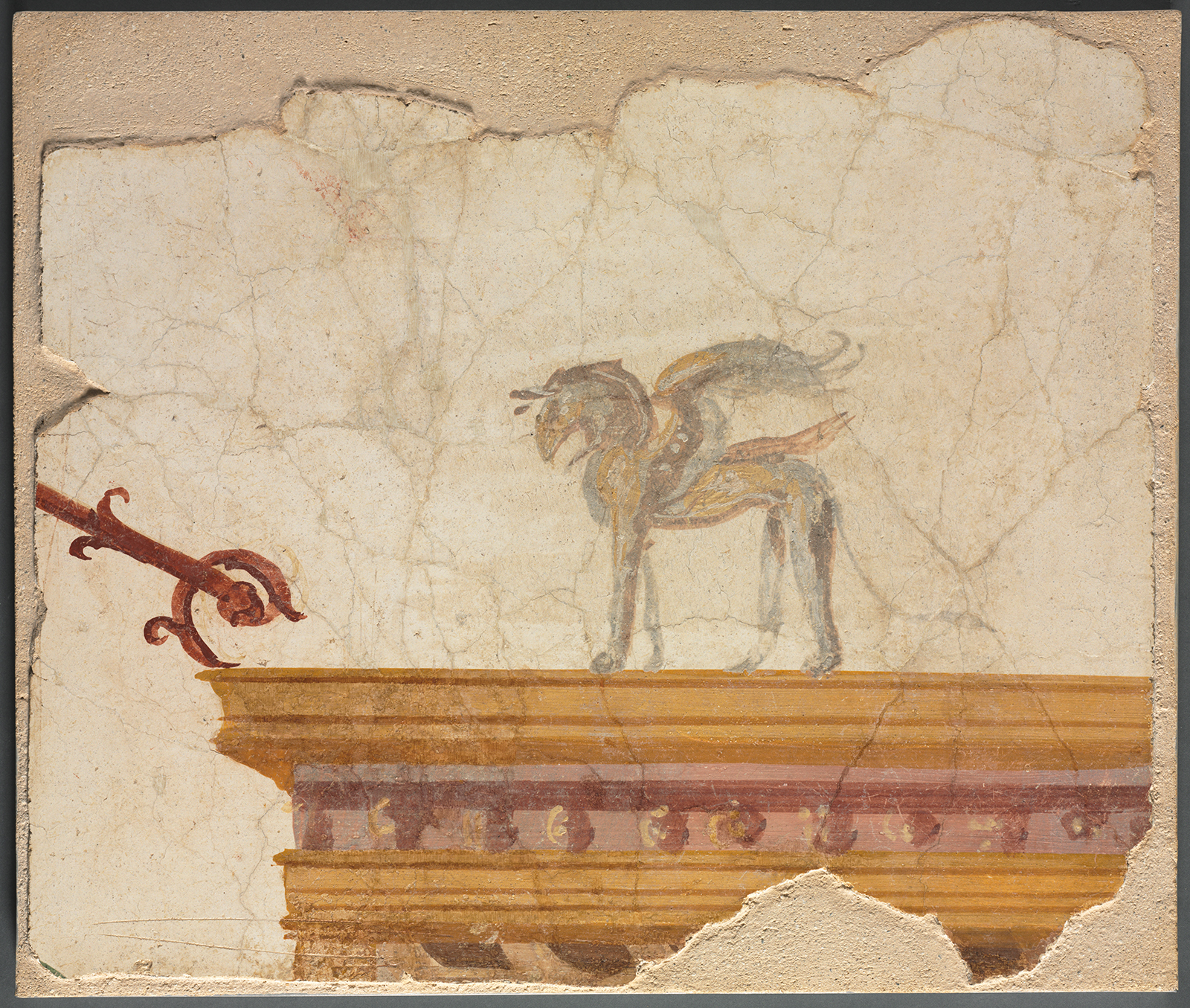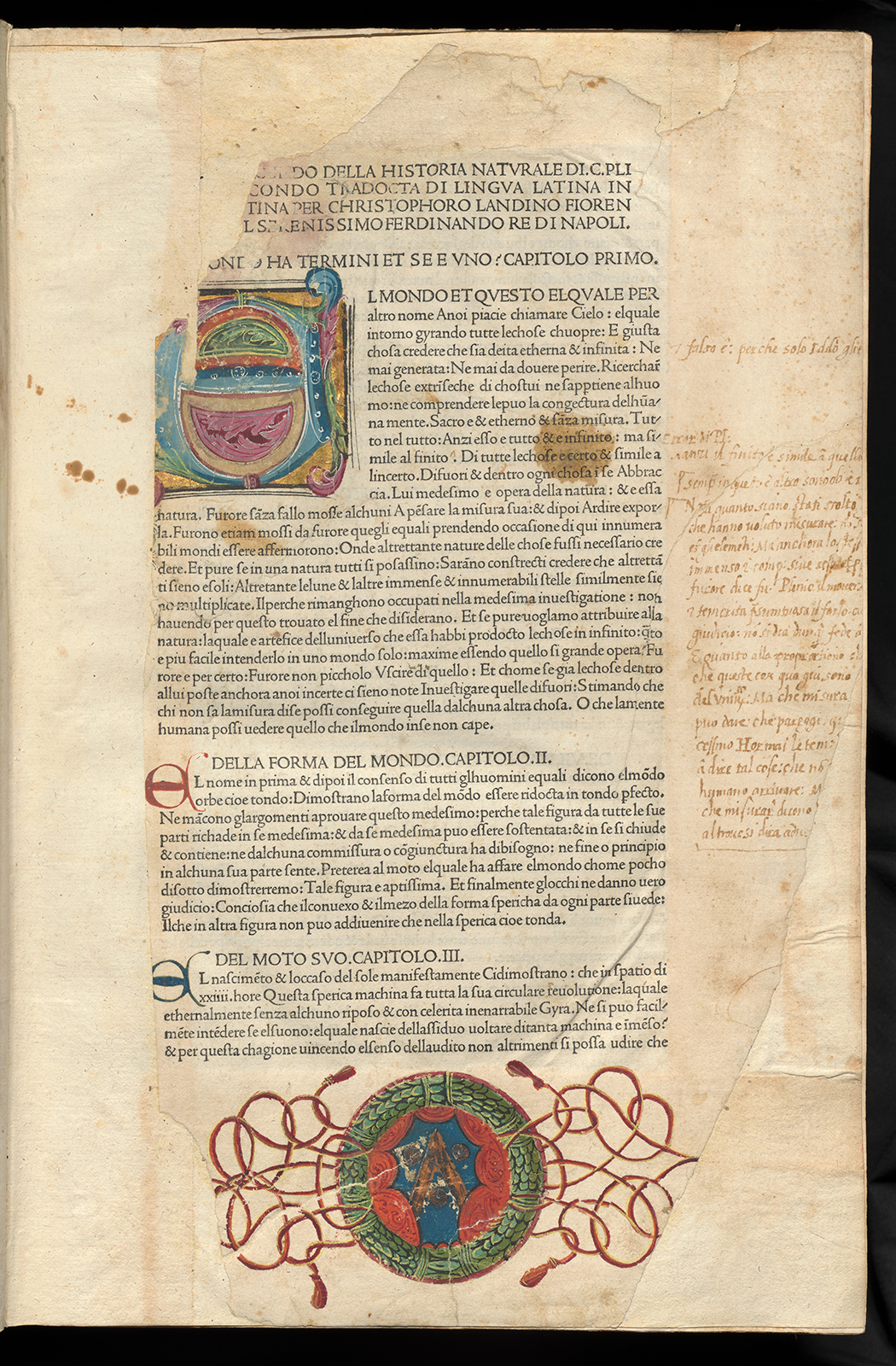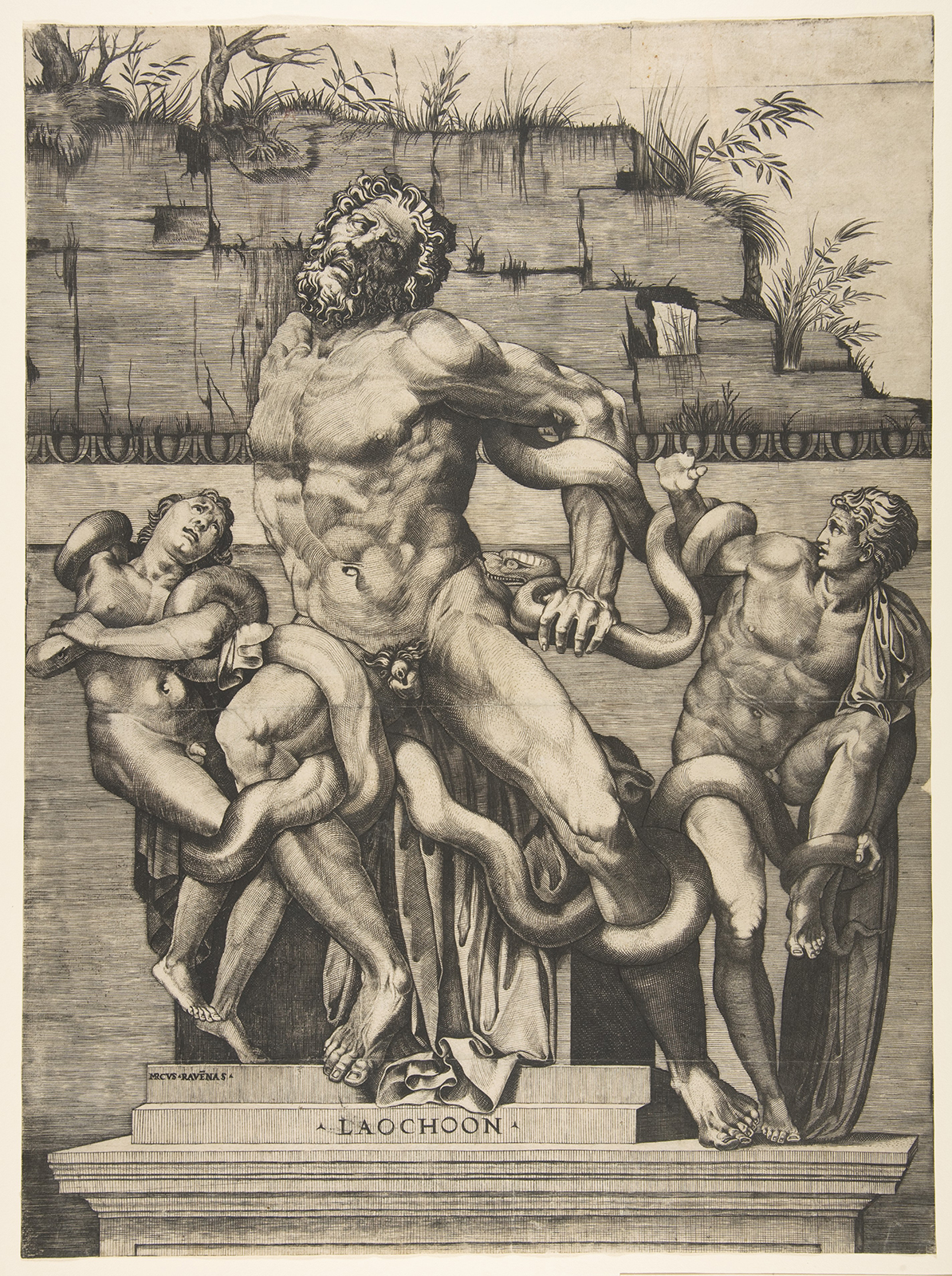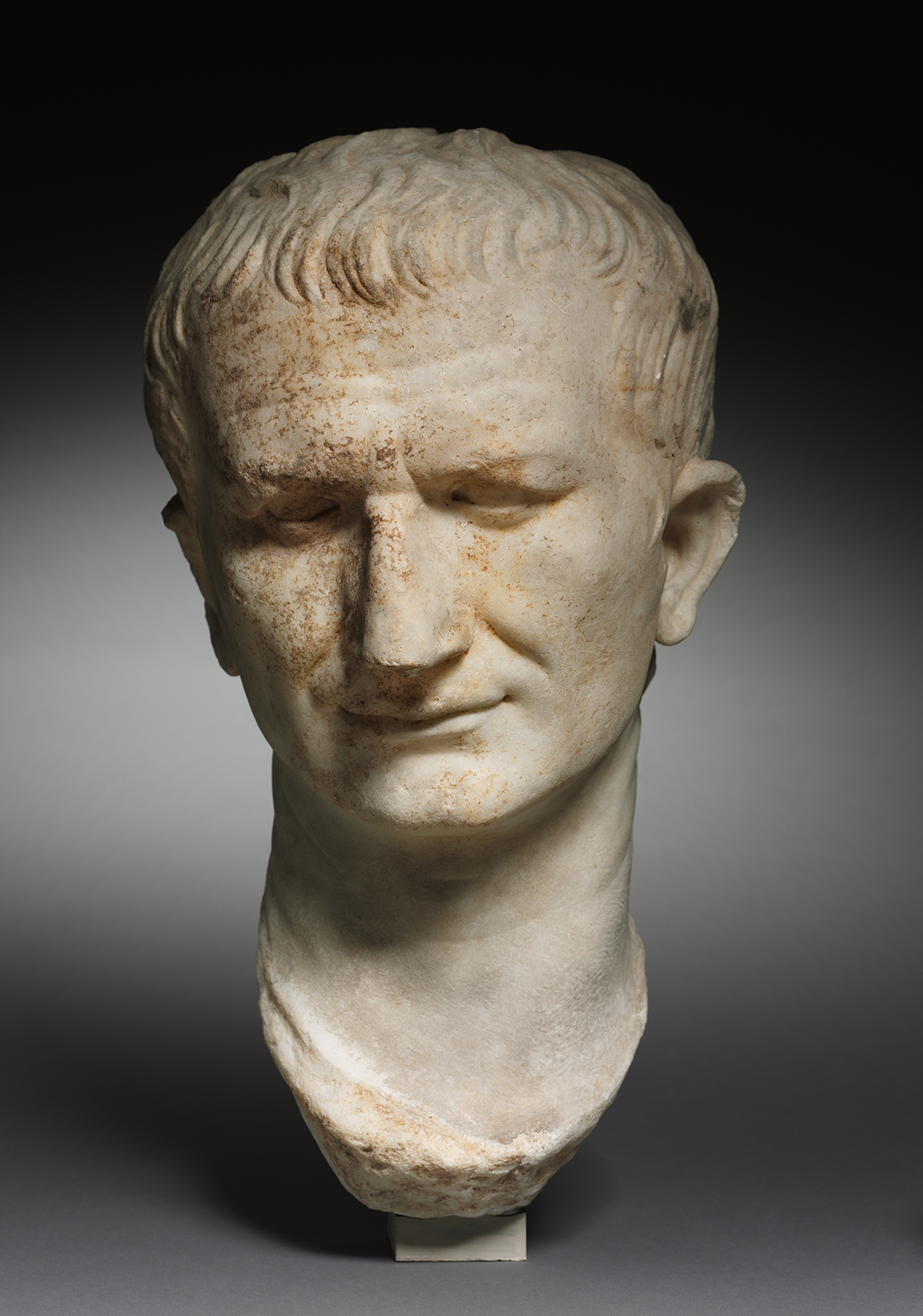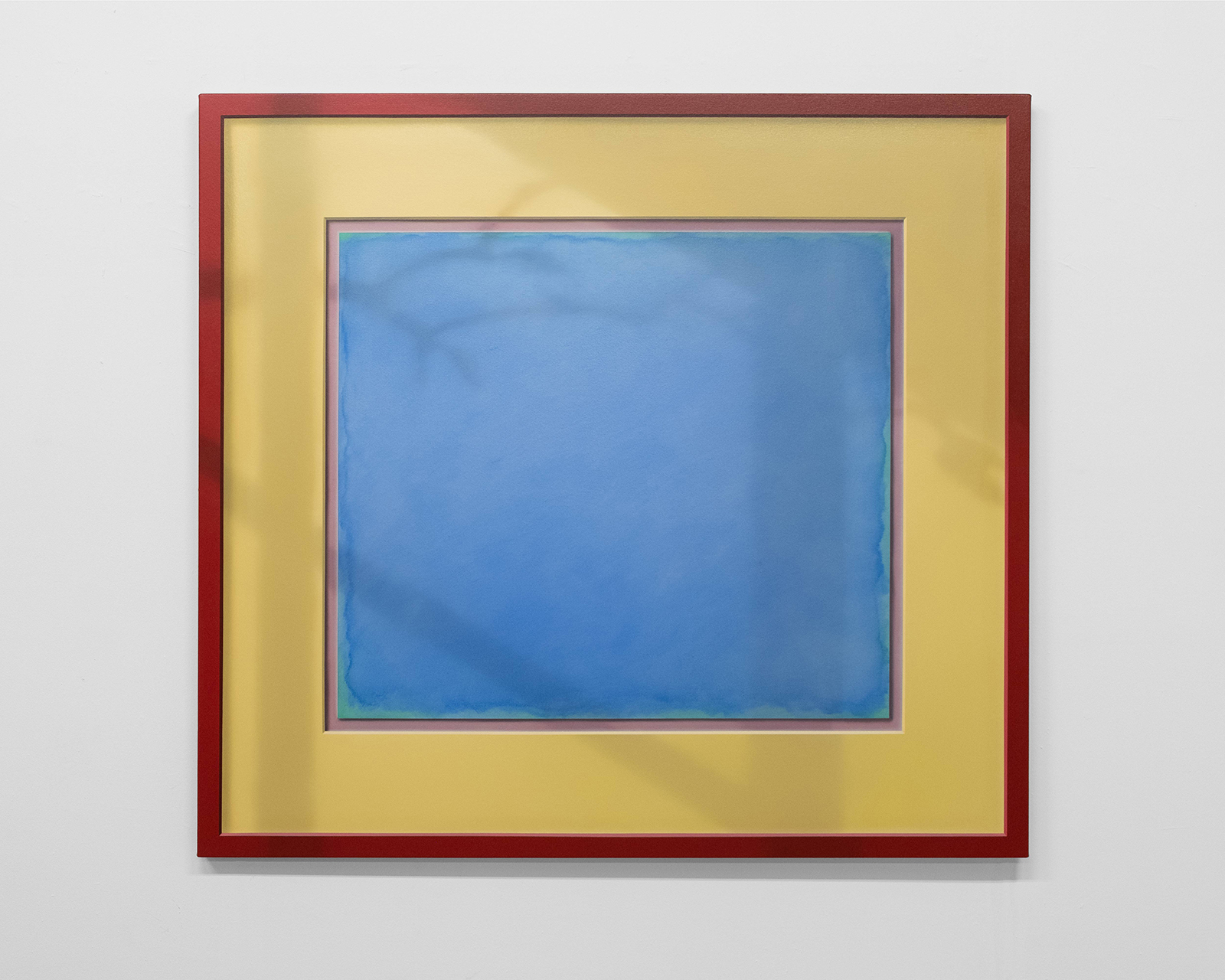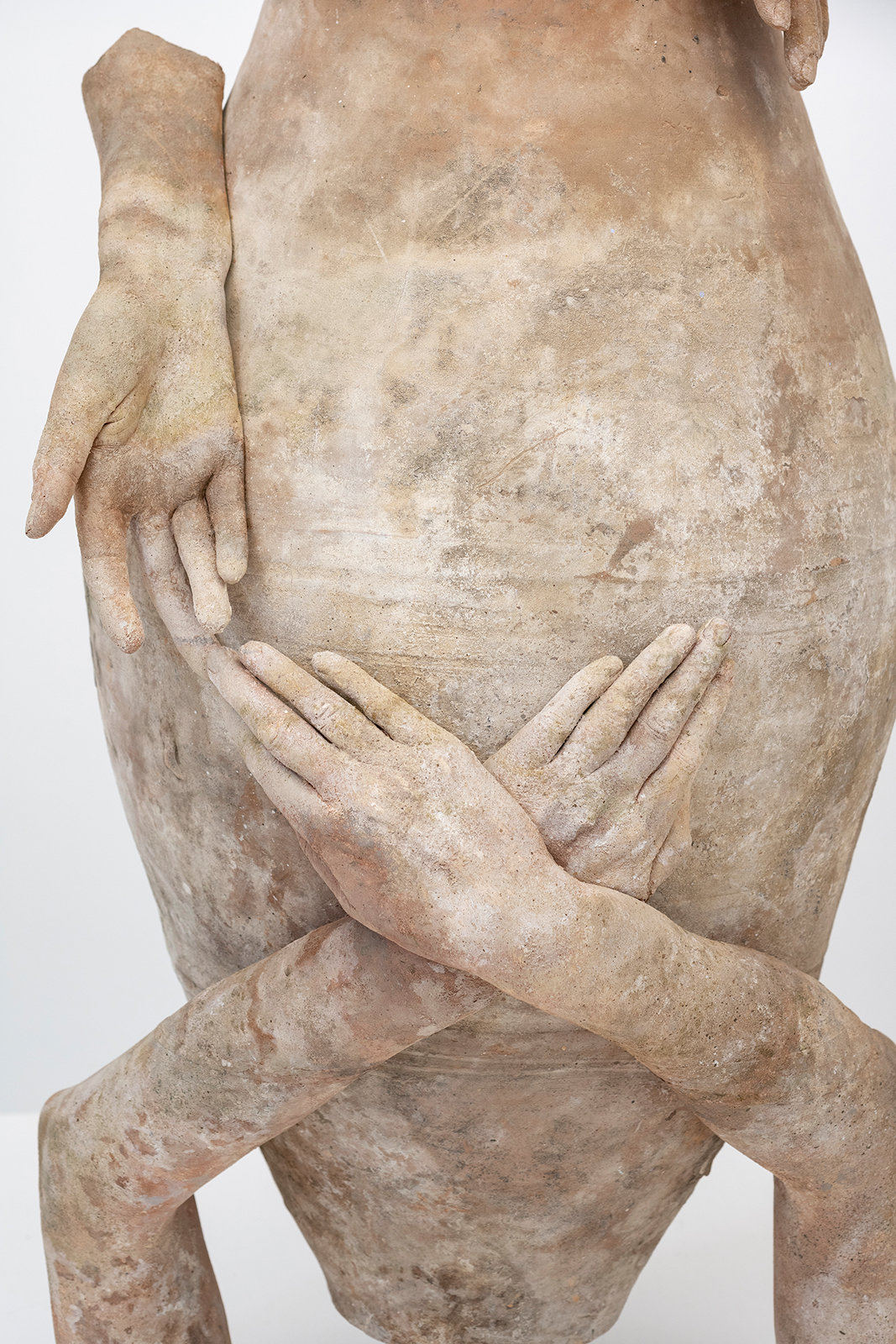
In the Bartels Gallery, Floor 1L
In conjunction with this exhibition, the Johnson Museum hosted cocurator Verity Platt to discuss Pliny the Elder’s many different concepts of nature: click here to watch.
The year 2023 marks the 2000th anniversary of the birth of Pliny the Elder (23–79 CE), the celebrated Roman author, natural philosopher, and statesman. Wonder and Wakefulness celebrates the multifaceted legacy of Pliny’s Natural History, considered the “first encyclopedia” in the Western tradition, and its reverberations through two millennia of art, culture, and natural science.
In his dedication of the book to the future emperor Titus, Pliny refers to the long nights of labor that his “thirty-six volumes and twenty-thousand noteworthy facts” have required, observing that “life properly consists of being awake” (vita vigilia est). In keeping with Pliny’s voracious curiosity, this exhibition brings together a range of art from antiquity to the present related to the classical tradition and Pliny’s interest in the natural world, as well as rare books, plaster casts after antique sculpture, gems, coins, and natural history specimens.
Pliny’s reflections in the Natural History show us Nature in her many guises. Nature serves as teacher, through the cycle of life and of the planets in their courses. She sparks wonder through a host of strange creatures and phenomena. She offers a bountiful resource for human use, but Pliny also warns of the risks of taking too much from her. Pliny’s proto-environmental ideas include debates over consumption, the abuse of power, and the ethics of “luxury” that resonate with climate change and resource extraction today.
Nature also serves as artist, spurring human creativity to mimic or best her inventions. The Natural History can also be read as the earliest surviving work of “art history” in the Western tradition, and as a record of works of art from antiquity now lost or only rediscovered and identified during the Renaissance. Pliny situates the origin of painting in a young woman’s act of tracing her departing lover’s likeness onto a wall. This famous anecdote has been depicted frequently from the Renaissance onward and was even embraced by early photographers, who likewise saw their art as the capture of shadows. Pliny is fascinated, too, by the materials of art, including earths (both pigments and clay), metals, stones, and gems. The exhibition’s emphasis on contemporary painting, sculpture, photography, and even the living art created by microbes, demonstrates the ongoing relevance of Pliny’s ideas on nature as model and cocreator, and on natural materials as both sources and agents of making art.
This exhibition was curated by Dr. Andrew C. Weislogel, the Seymour R. Askin, Jr. ’47 Curator of Earlier European and American Art at the Johnson Museum, and Dr. Verity Platt, Professor of Classics and the History of Art & Visual Studies, with the key involvement of Dr. Courtney Roby, Professor of Classics, and Dr. Laurent Ferri, Curator of Pre-1800 Collections in Cornell Library’s Division of Rare and Manuscript Collections. PhD students Evan Allen, Olivia Graves, and Rodrigo Guzman-Serrano, as well as undergraduate interns Rayna Klugherz ’23, Ashley Koca ’25, David Legrand ’23, and Hannah Master ’23, have also contributed invaluable research and writing.
Wonder and Wakefulness: The Nature of Pliny the Elder was made possible by a generous gift from Deborah Goodman Davis ’85 and Gerald R. Davis ’84, and supported by an endowment in memory of Elizabeth Miller Francis ’47.
During the course of the exhibition, new information was presented about some of the ancient works included. The Johnson Museum is pursuing further provenance research into the ownership history of the bronze lynx head (95.030) in our collection and will update our public record with the results. Research into works included in the exhibition is ongoing. (Updated 9 June 2023)
Selected Artworks

View of the Large Theatre at Pompeii
Luigi Bazzani

Head of Antiochus III, after the antique
Unidentified foundry

Still life with goldfish bowl
Morston Constantine Ream

Gold Mine, Serra Pelada, Brazil, 1986
Sebastião Salgado

Tara
John DeAndrea

At Pompeii
John Singer Sargent

Life mask of the Marquis de Lafayette
Jean-Antoine Houdon

Four Subjects after Antique Cameos
Giovanni Battista Franco
Griffin atop entablature
Italy, Pompeii, Roman
Griffin atop entablature
Italy, Pompeii, Roman
Italy, Pompeii, Roman. Griffin atop entablature, 1–100 CE. Fresco fragment. Collection of the Cleveland Museum of Art; Sundry Purchase Fund, 1981.20.
Historia naturale
Pliny the Elder
Historia naturale
Pliny the Elder
Pliny the Elder (Roman, 23–79 CE), page from the Historia naturale (Natural History), 1476. Manuscript published by Opus Nicolai Iansonis Gallici, Venice. Cornell University Library, Rare and Manuscript Collections.
Laocoön and his sons being attacked by serpents
Marco Dente
Laocoön and his sons being attacked by serpents
Marco Dente
Marco Dente (Italian, active by 1515–died 1527), after Marcantonio Raimondi (Italian, ca. 1480–before 1534), Laocoön and his sons being attacked by serpents, ca. 1515–27. Engraving. Collection of the Metropolitan Museum of Art; The Elisha Whittelsey Collection, The Elisha Whittelsey Fund, 1949, 49.97.122.
Liber chronicarum
Hartmann Schedel
Liber chronicarum
Hartmann Schedel
Hartmann Schedel (German, 1440–1514), pages from Liber chronicarum, 1493. Manuscript published by Anton Koberger, Nuremburg. Cornell University Library, Rare and Manuscript Collections.
Portrait head of Emperor Vespasian
Italy, Roman
Portrait head of Emperor Vespasian
Italy, Roman
Italy, Roman. Portrait head of Emperor Vespasian, recut from a head of Nero, 64–79 CE. Marble. Collection of the Cleveland Museum of Art; purchase from the J. H. Wade Fund, 1929.998.
The Bay of Naples II
Christopher Page
The Bay of Naples II
Christopher Page
Christopher Page (British, born 1984). The Bay of Naples II, 2022. Oil on canvas. Courtesy of Ben Hunter Gallery, London.
Rites
Clementine Keith-Roach
Rites
Clementine Keith-Roach
Clementine Keith-Roach (British, born 1984), Rites (detail), 2022. Terra-cotta vessel, with Jesmonite, paint, and resin. Collection of Leslie and Jeff Fischer. (Image courtesy of Clementine Keith-Roach and P·P·O·W, New York / photo by Damian Griffiths)










